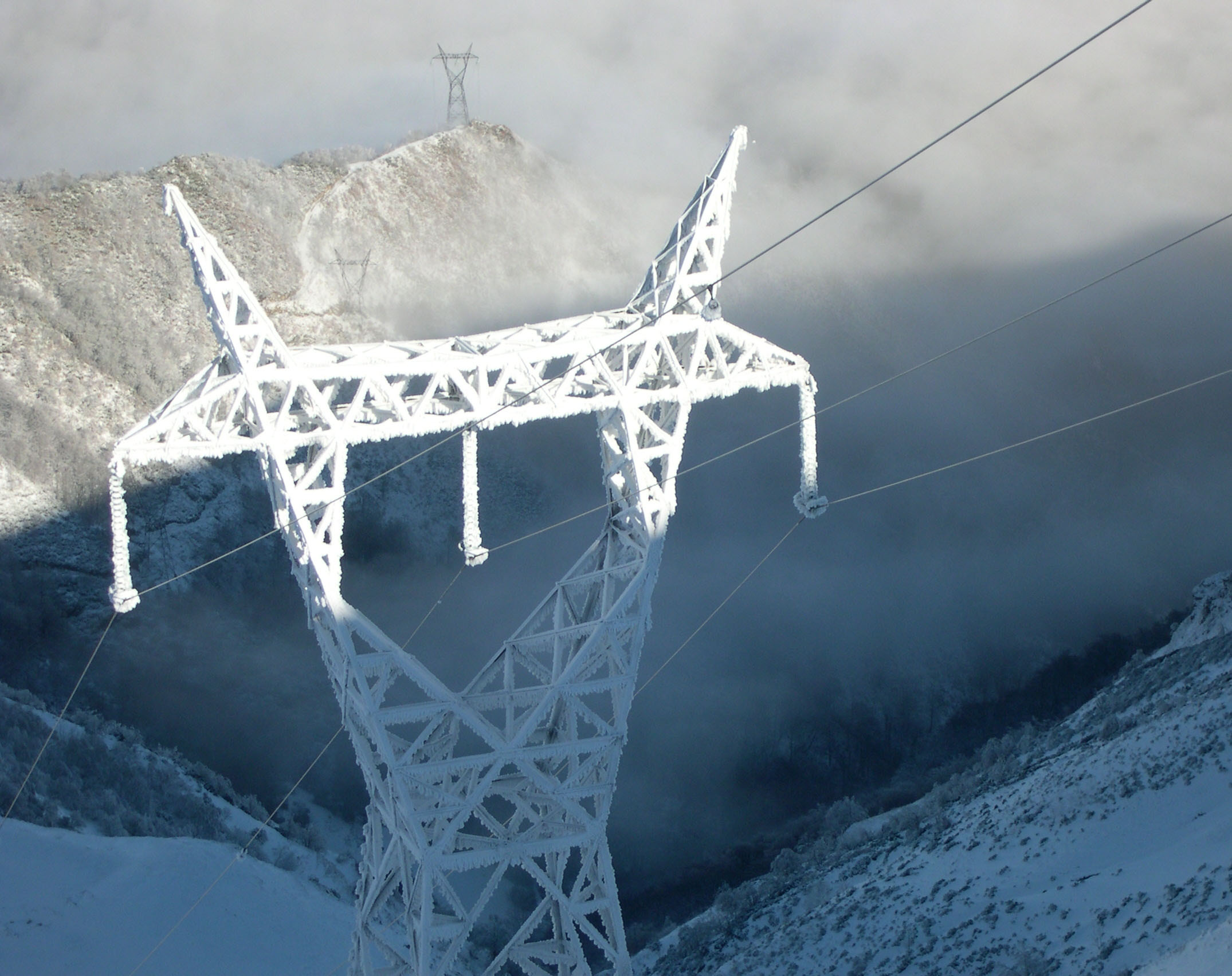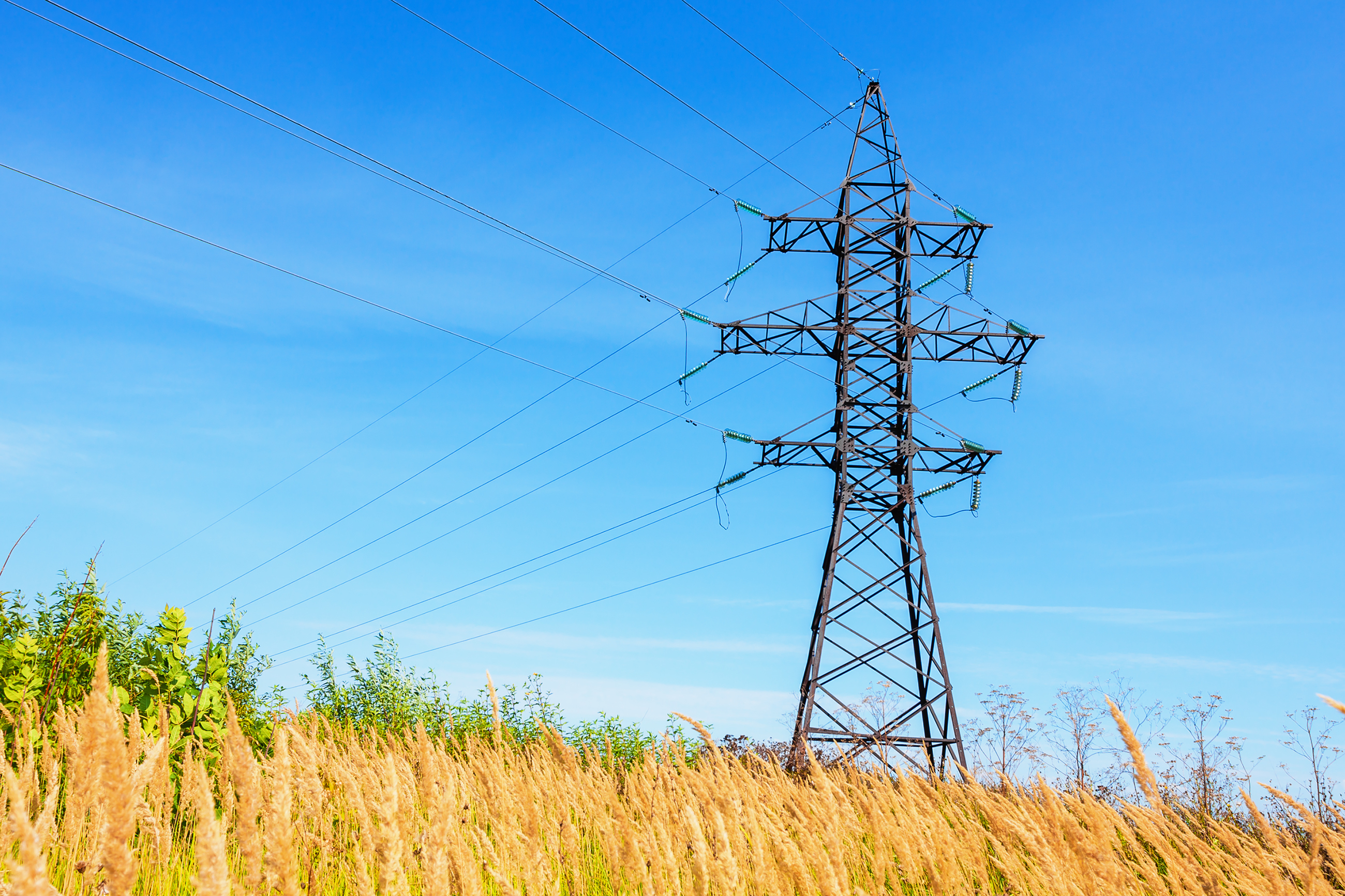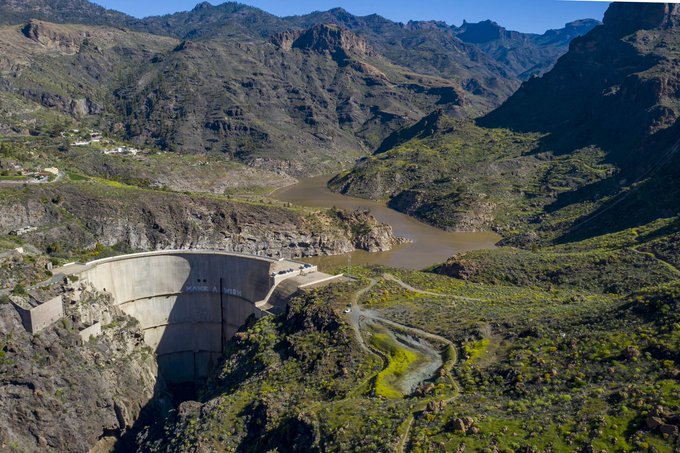For 40 years, we've been driving our country's economic and social progress. Four decades shaping Spain.
Renewable energies generated 56% of Spain's electricity mix in 2024
Renewable generation increased by almost 11% in a record-breaking year on two fronts: achieving the highest renewable electricity generation ever recorded and capturing its largest share since records began
Solar photovoltaic energy surpassed the combined cycle for the first time, ranking third in the electricity mix in a year once again led by wind power, with 23%
According to forecasts, electricity demand in Spain grew by approximately 1.6%, while the country is ending the year with an export balance for the thi

According to Red Eléctrica's estimates, renewable energies are expected to close the year with a nearly 11% increase compared to generation in the previous year. These energy sources are projected to surpass 149 TWh in 2024, achieving their highest figure since records began. As usual every year, Red Eléctrica releases the main system indicators, which this time have been compiled based on preliminary data as of 17 December.
The data also anticipates a record share of 56% for these technologies, around six percentage points higher than the 2023 figure, which was already a record. According to Beatriz Corredor, chairwoman of Redeia, 'This milestone is a giant step toward the 81% target by 2030. It also proves that Spain is making solid progress in transforming its electricity system—a key process in the fight against climate change, aimed at achieving strategic autonomy and cutting energy prices.'
In addition to the significant growth of renewable technologies as a whole, 2024 once again highlights the dominance of wind power in the energy mix. This source is expected to close the year with 23% of the generation structure. It is followed by nuclear energy, which maintains its position with a 19% share.
One of the main highlights of the year is solar photovoltaic energy, which took third place with 17%, achieving a record generation of approximately 45 TWh. This growth has pushed the combined cycle into fourth place. Rounding out the top five is hydropower, which secured fifth place with a 13% share.
Fossil fuel technologies (the combined cycle and coal) experienced a significant decline in generation in 2024. Both registered a 24% drop. Coal remains on track to be phased out of the generation structure, accounting for just 1.1% of the electricity generated this year—the lowest share and production in its history.
Red Eléctrica's forecasts suggest that this combination of renewable growth and the decline in fossil fuel production could allow Spain to end the year with nearly 77% of its total electricity generation coming from emissions-free sources. Additionally, 2024 could become the year with the lowest CO2 equivalent emissions from electricity generation, reaching 27 million tCO2 equivalent—an over 16.4% reduction compared to 2023, which had already set a historical low.
The renewable transformation in our country is now a reality. In 2024, it was driven primarily by the increase in installed renewable capacity, which now accounts for 64% of Spain's total generation fleet, as well as favourable weather conditions.
The renewable generation management model has also been instrumental in enabling active participation in electricity system services through Red Eléctrica's control centre of renewable energies (Cecre). This year, Cecre successfully integrated over 98% of renewable generation at the peninsular level, a figure significantly higher than those recorded by neighbouring European countries.
Export balance and demand
According to Red Eléctrica's estimates, 2024 will mark the third consecutive year that Spain's electricity system ends with an export balance of around 10 TWh from its international exchanges.
Another key figure revealed by Red Eléctrica is that the electricity demand saw a slight increase of 1% compared to the previous year, totalling approximately 248 TWh. After adjusting for the effects of working patterns and temperatures, the result is a 1.6% increase compared to 2023.
Variations in electricity demand in 2024 were very similar in the Balearic and Canary Islands. In both regions, gross demand was 0.6% higher than the figure for the previous year. After adjusting for the effects of working patterns and temperatures, the increase in the Balearic Islands was 1.2% compared to 0.9% in the Canary Islands.
The peak demand moment recorded by the Spanish peninsular electricity system in 2024 occurred during winter, specifically on 9 January at 8:56 pm, with a peak of 38,272 MW.
Downloads












